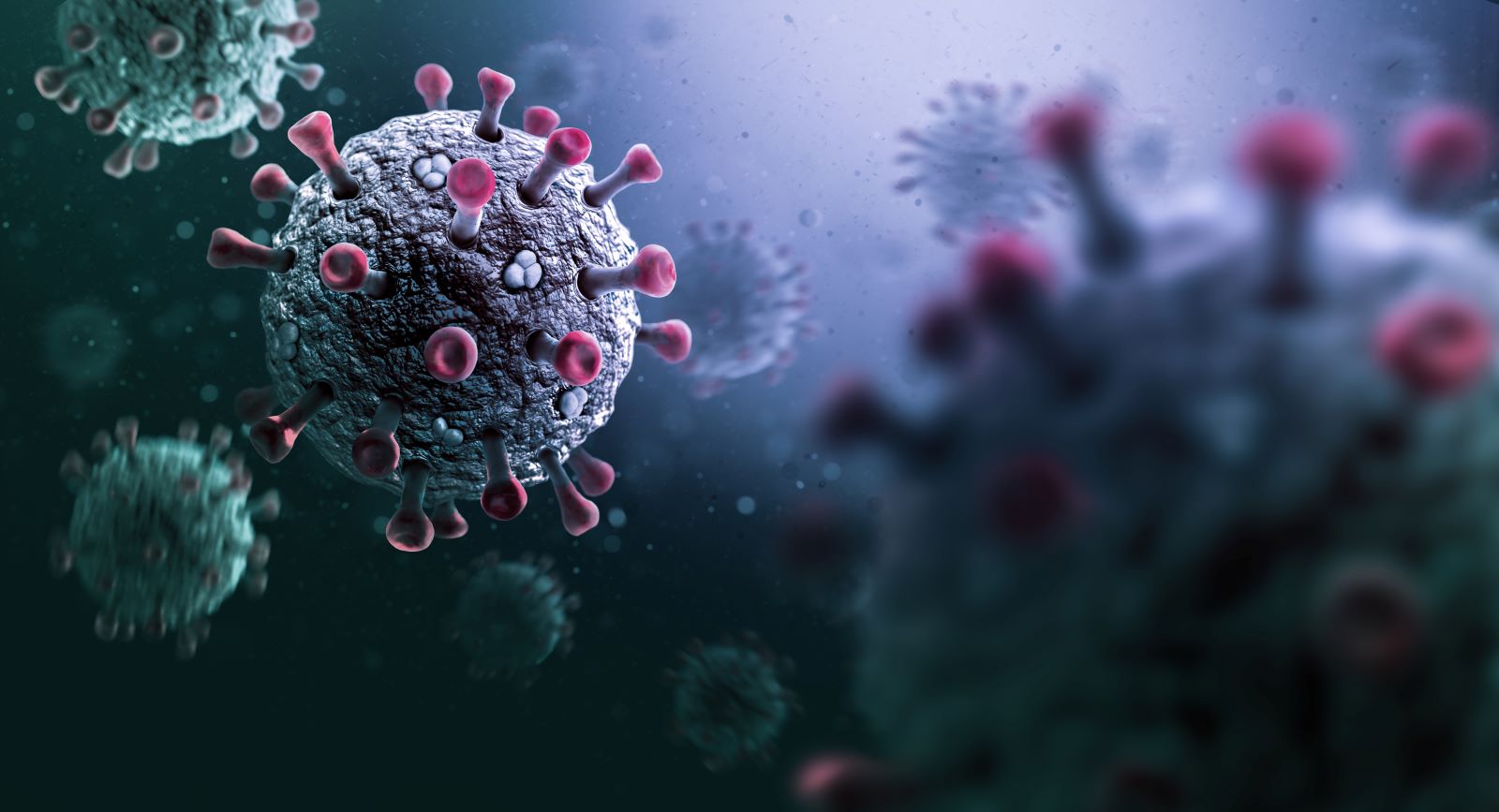The BA.4 and BA.5 Omicron subvariants, which now make up 50 percent of all COVID-19 cases nationally, are driving Connecticut’s positivity rate upward once again.
While the jury is still out on these strains and what the future holds for the pandemic, one thing is for sure – this is not your original version of COVID. Here is what we are learning so far about the Omicron offshoots:
- They are more contagious but have less severe symptoms than earlier strains.
- They don’t respond as well to vaccines.
- Scientists are racing to develop a new vaccine that better protects against Omicron offshoots.
Here is what you need to know about symptoms, according to a small study specific to Omicron:
- A hoarse voice is more common than loss of taste or smell, which were much more prevalent with earlier strains.
- Cough is the most common symptom, followed by fatigue, congestion, runny nose and fever.
- Less common were nausea, vomiting, shortness of breath and diarrhea.
“This may be our new baseline,” said Ulysses Wu, MD, chief epidemiologist at Hartford HealthCare. “With extremely contagious variants and a population that is ambivalent at best towards COVID, I think this is where we’re going to live right now. We’re not quite at the common cold, but we’re getting there.”
Wu said he expects a more significant spike this fall, when people move indoors.



